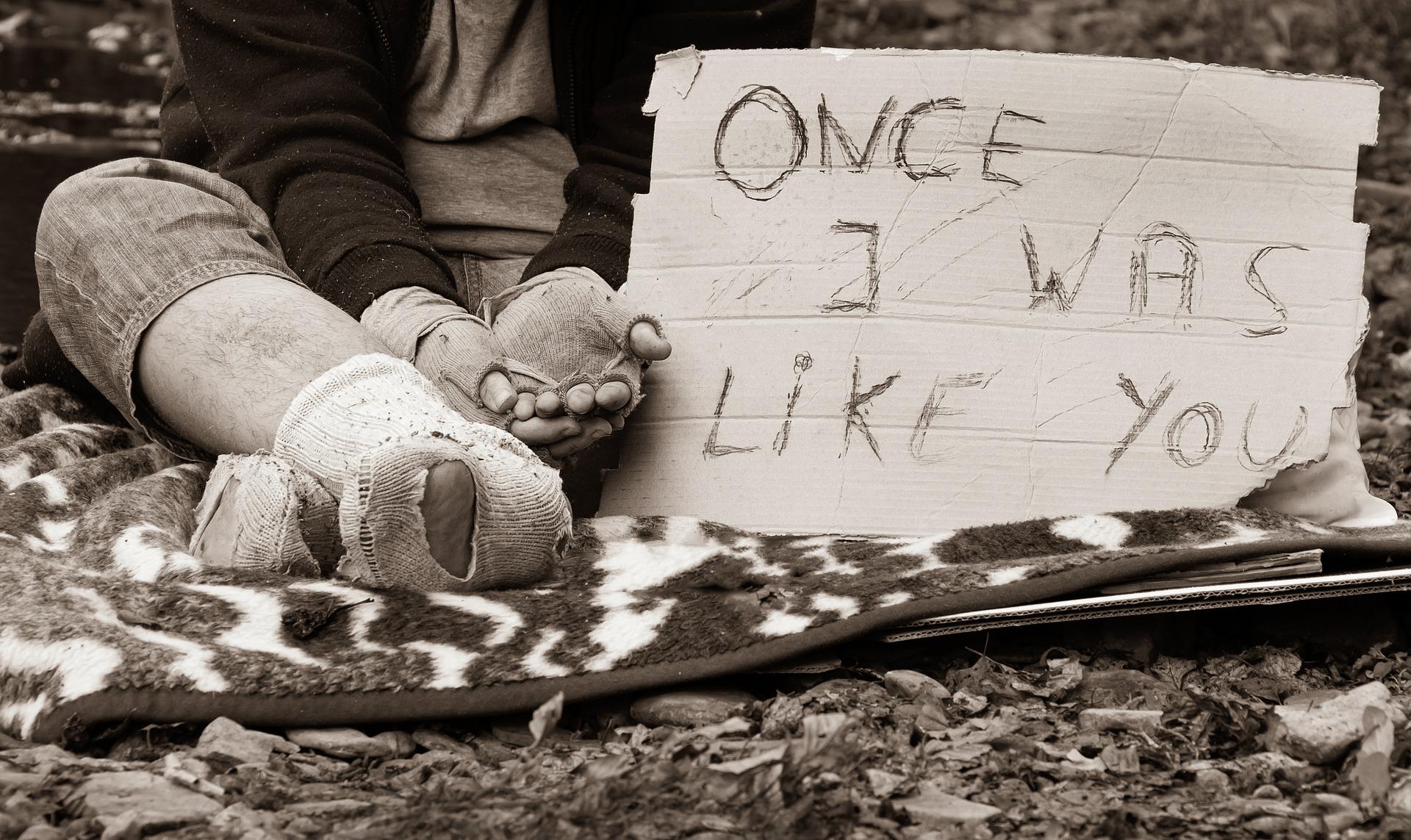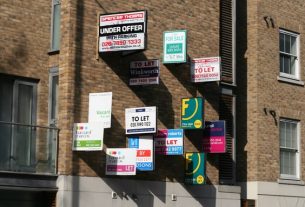A number of factors are contributing to an upsurge in homeless figures. Private landlords have been issuing eviction notices to tenants many of whom are struggling to pay rent after pandemic payments ceased. The homelessness crisis may also be worsening, because landlords are asking tenants to leave before the government’s renters’ reform bill becomes law. According to Department for Levelling Up, Housing and Communities data, homelessness rates exceed pre-pandemic levels in 40 per cent of local council areas. Sky News research indicates a 50 per cent increase in homelessness between the first quarter of 2020 and the equivalent period this year.
Although a decrease has been recorded for the whole of England, some areas have experienced a distinct rise. Manchester saw homelessness figures three times the national average.
The cessation of pandemic support such as the eviction ban, furlough scheme, and additional financial support such as increased universal credit payments have pushed many tenants to the brink of homelessness. Experts now fear that, on the backdrop of the cost of living crisis, more and more people will struggle to keep a roof over their heads.
Heriot-Watt University modelling suggests a potentially sharp increase in homelessness over the coming years. Speaking to Sky News, Institute for Social Policy, Housing, Equalities Research (I-SPHERE) at Heriot-Watt University researcher, Glen Bramley said:
“The government have allowed private rental evictions to go ahead while freezing Local Housing Allowance when housing rents are rising significantly.
“Unless something is done, it’s going to be fairly dire situation.”
Especially vulnerable, are people who leave the private rental sector. The Department for Levelling Up, Housing and Communities’ own statistics show a 27 per cent increase in the number of people at risk of homelessness since early 2020.
A significantly higher number of landlords have been seeking to evict their tenants to either re-let or sell their properties. The number of homeless among children has also risen.
Professor Bramley predicts a worsening of this situation over the coming months:
“What we’re expecting this autumn is even more families experiencing severe poverty and destitution because of the cost of living crisis.
“More homelessness will be a by-product of that.”
Homelessness Crisis – true homeless numbers nigh impossible to gauge
Charity representatives have warned that government statistics do not paint an accurate picture. The government bases its figures on the number of people seeking and receiving support. But the true number may be far greater. Homeless charity, Shelter’s Polly Neale told Sky News:
“Some types of homelessness go entirely undocumented, like sofa surfing, which means the true number of people without a home will be even higher.”
A shortage of “genuinely affordable social homes” is forcing people “to live in really expensive and unstable private renting.”
Housing charity, Crisis, estimates the overall number of homeless people at 227,000 in England, Wales, and Scotland. At present, statutory data shows nearly six and a half thousand people, who are currently renting, at risk of becoming homeless. Since 2019, well over 200,000 people have been issued a Section 21 no-fault eviction notice.
Government rough sleeper figures may also not reflect the true numbers. They are compiled by local authorities carrying out single-night counts. This, according to The Salvation Army’s director of homelessness services, Loritta Johnson, may also paint an inaccurate picture:
“These government snapshot figures only cover who was sleeping rough on one particular night in England during the autumn and therefore are limited and should be met with caution.
“The Salvation Army is calling for reforms to data collection, and for more robust figures to be used to measure homelessness in England, much like the quarterly Chain figures for London, so we all have a true scale of reality of rough sleeping across the UK.”
Shelter has called on the government to push through the Renters’ Reform Bill as a matter of great urgency. ONS research shows that 29 per cent of adults could not afford to cover an unanticipated but essential bill of £850. The charity, however, estimates the cost of moving home to be £1,650.
Landlords’ campaign group anticipates a significant delay in making the Renters’ Reform Bill a law
Landlord rights campaigner, Paul Shamplina, has said that the government’s Renters’ Reform Bill may be delayed in its enactment. Speaking to Landlord Today, he said:
“With the Conservatives grappling to find a new leader, I think it is unlikely that the final Bill will pass before the end of next year, meaning there is still time to influence change.
“Whilst I’m not suggesting that there is likely to be a U-turn on any of the elements which have been included, I do believe landlords’ collective voices have an opportunity to show the government what will and won’t work. We must be clear about what grounds and incentives are needed to encourage landlords to remain in the market, ensuring there is a consistently sufficient supply of rental properties in the future.”
The two Tory Party leadership hopefuls, Rishi Sunak and Liz Truss are yet to comment on the matter.




